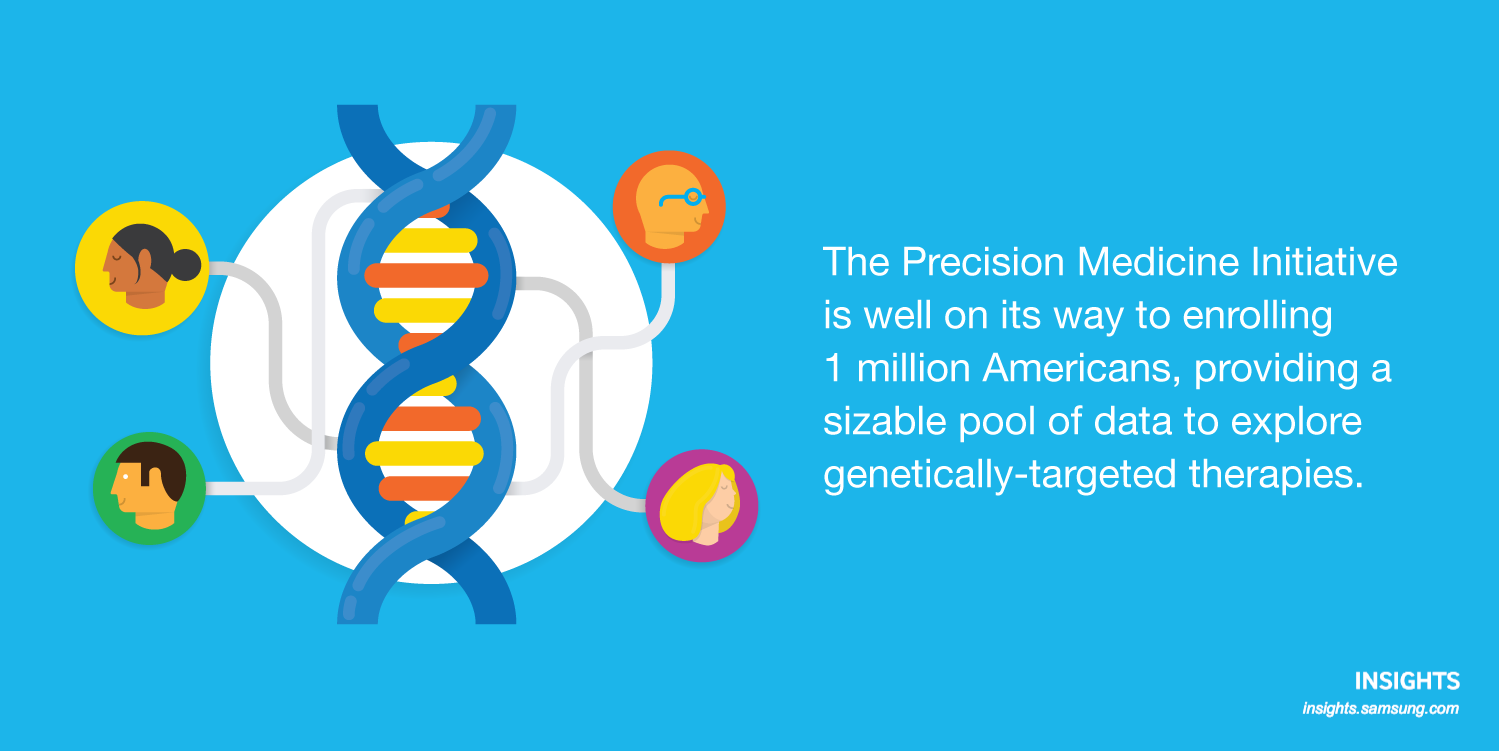Healthcare bows to no calendar.
Announcements from the Centers for Medicare & Medicaid Sevices (CMS), news of data breaches and changes in healthcare interoperability don’t wait for January 1 to kick in, and you shouldn’t wait that long to find out about them. To help you stay on top of the forces that are changing healthcare right now, we’ve put together this list of eight mid-year healthcare trends that industry leaders should be aware of, as well as associated technology for you to follow via news alerts and hashtags.
Cyberattacks and Security
While we’re not seeing as many large organizations under attack, smaller providers are beginning to bubble up as primary targets. Ransomware incidents in particular have been growing among smaller organizations, largely because they tend to maintain less sophisticated defenses and aren’t able to respond as well once data is held hostage.
Tech to watch: virtual dispersive networking (VDN), smart grid technologies, early warning systems, security assertion markup language (SAML), the cloud
Data Storage
The amount of data flowing through the industry is vast as is, and it’s only going to increase. This means that storage will be a key concern as the year progresses.
Databases are becoming larger and more complex, and the challenges around storing more sophisticated content such as images and genomic information are becoming a concern for organizations at all levels and in all fields.
Tech to watch: helium drives, shingled magnetic recording (SMR), Ethernet hard drives
Genomic Information
Genomic talk has danced around the periphery of the healthcare trends conversation for quite some time, but it looks like the last half of 2016 might be where it begins to move closer to the center.
The Precision Medicine Initiative is on its way to building a national cohort and enrolling 1 million Americans. This means the arrival of a massive volume of highly complex data that will require a new emphasis on query- and access-based exchange. Participants involved in the cohort will share a wide range of information including genomic information, EHR data and even mobile health data.
Tech to watch: deep machine learning, EHR integration, tablets

Healthcare Interoperability
If you haven’t been paying attention to the Medicare Access and CHIP Reauthorization Act (MACRA), start reading up — the act mandates the “widespread” interoperability of EHRs by the end of 2018. This puts the whole of the industry under pressure to start pushing for progress around information exchange.
The Department of Health and Human Services (HHS) even recently announced that a group of healthcare entities were committing to three key objectives around industry-wide information sharing — enabling consumer access, not blocking that access and adhering to standards that make sharing easier for everyone.
Tech to watch: EHR-integrated fax, continuity of care documents (CCD), fast healthcare interoperability resources (FHIR)
Reimbursement Changes
CMS has announced the Comprehensive Primary Care Plus Program (CPC+) to address needed changes in primary care reimbursement. Many of the targets of the program will be looking to IT systems to support its goals. At the same time, MACRA and MIPS (the Merit-Based Incentive Payment System) will continue to impact eligible clinicians. Expect to see “meaningful use” (MU) essentially restructured to re-emerge as the Advancing Care Information (ACI) performance category under MIPS.
Tech to watch: revenue cycle technologies, reporting software, document storage
Machine Learning
As both healthcare data and problems become more complex, the methods with which we address them are following suit.
Machine learning, particularly deep machine learning, is being used to tackle everything from Alzheimer’s disease to drug administration to genomics. While the application is now limited to more cutting-edge facilities and applications, we’re sure to see that trickle down as time passes.
Tech to watch: Population health
Unique Patient Identifiers
The College of Health Information Management Executives (CHIME) is working toward a solution that will provide patients with one identifier across the entire industry, with 100 percent certainty. They currently have $1 million invested in the solution, and with good reason.
According to Russ Branzell, president and CEO at CHIME, “Somewhere in this country right now, someone is being harmed, injured or possibly killed, just due to misidentification. That’s how grave the issue is today.”
Tech to watch: EHRs, encryption/security technologies
Meaningful Use
Good old MU is moving into its final stages, but that doesn’t mean that its impact is waning.
This year started off with federal agencies announcing their beliefs about where the program was headed and how it would continue to incentivize the use of EHR systems. No clear agreement emerged, but it was obvious that CMS was turning its attention toward eligible professionals (via MACRA) and would likely have additional announcements for hospitals as the year continued.
Tech to watch: EHRs, patient-centered apps
Of all these trends, security is likely still the most pressing. Read more about ransomware and its impact on healthcare security here.








